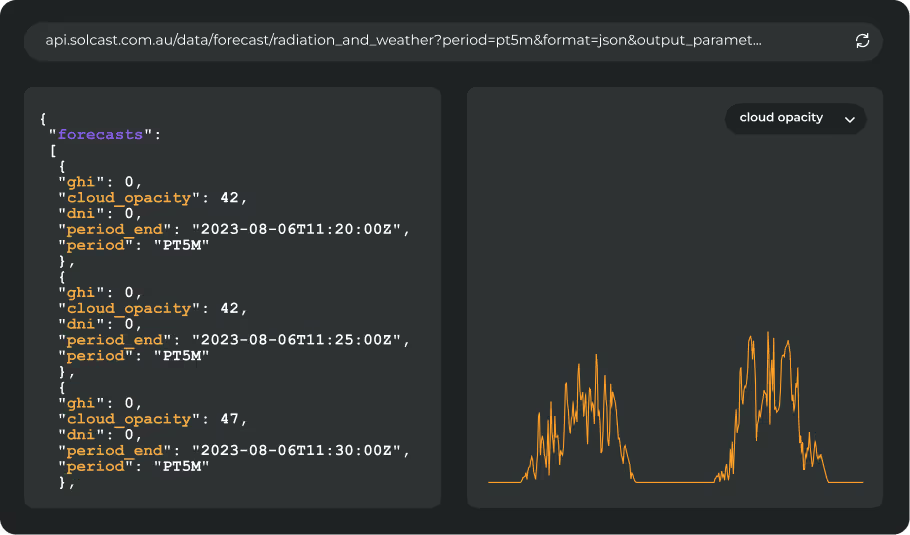Introducing the Solcast Python SDK
Solcast data is used in the planning, operations and management of over 300GW of assets globally. Across the hundreds of organisations we work with, there are different and innovative applications of historical and forecast solar irradiance data. To help you with getting data from the Solcast API and get working faster, we built a Python SDK for solar with some straightforward examples. On top of the SDK, our API docs provide the detail you need to build specific requests and get the data you need.
Requesting Solcast data through the API SDK requires an API key, which you can find in your Solcast Toolkit Account. If you are writing code to test the and evaluate our data, you can access data for our unmetered locations for free, use the evaluate access that comes with a Commercial Toolkit account, or speak to our team about an extended evaluation or purchasing access.
What is an API SDK and Who Uses It?
If you’re not familiar, an API Software Development Kit (SDK) is a toolkit designed to make it easier to interact with an API. In simpler terms, think of it as an out of the box connector that helps your code understand the language of our database. It's a tool commonly employed by developers and data scientists to expedite the connection to APIs and diminish the amount of manual setup required to start processing information.
Why Python? What about other languages?
With a vibrant community of over 50,000 users, many of whom work in Python and other languages, we recognise the need to support multiple different languages. We started with Python because it’s the most common language used in solar applications, but we have already built an SDK in Julia, and other languages will be updated on our SDK page as they launch.
Why use the SDK?
Most developers or data scientists working with solar data are familiar with the challenges of time averaging, timezone adjustments, or cleaning data to match measurements with actuals, and the SDK standardises these hygiene issues so you can spend more time on delivering value.
Get Started Faster
We built a synchronous speedy API to deliver the best solar data, and now want to share the SDK code we use to help get you up and running with the API even faster too. We know this code works, and we thought it would save you time to let you use it too.
Stay Focused on your own Code
Everyone hates to waste time on integration instead of building your actual project. Our goal is to let you focus on the work you’re great at, so we built the SDK so you don’t have to worry about implementation.
Eliminating Boilerplate
Our team work with our API every day, so know it’s important to keep your code lightweight. We built the SDK so you have an easy and lightweight way to access the data you need from your python code, whether it’s inside your notebooks or running on your servers
How it works
Our data and API endpoints are built for multiple applications across the solar power generation stack, and depending whether you're operating a large asset, or building technology for residential solar applications, you’ll use it differently.
The Python SDK:
- Lets you make HTTP requests to the Solcast API using just one Python function call, crafting the url and authentication for you.
- Helps you get the data you need with less errors, and helpful error messages.
- Will convert the Solcast API response into a pandas.DataFrame so you can get to analysing the data quicker.
resp = live.radiation_and_weather(
latitude=19.3909829, longitude=-99.308764,
output_parameters=["ghi","clearsky_ghi"],
period="PT5M",
hours=72,
)
resp
resp.to_pandas().plot()
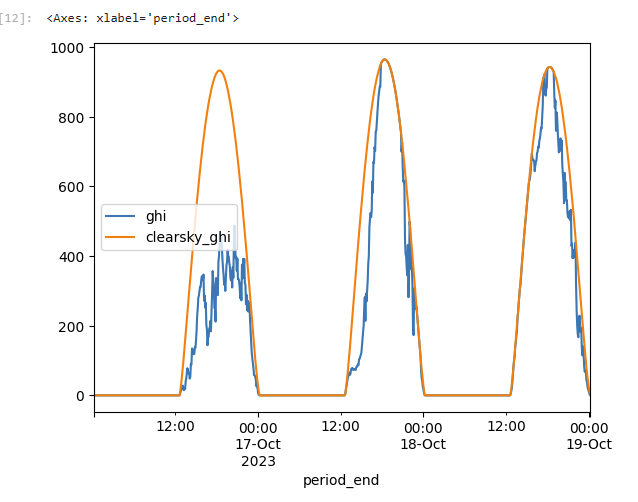
To make it easier to get started, we’ve built example notebooks for common applications of our data.
Example Notebooks:
- 1.1 Getting Data: Historic Solar Radiation
- 1.2 Getting Data: TMY in your local timezone
- 1.3 Getting Data: Make Concurrent Requests
- 2.1 PVLib: ModelChain with Solcast weather data
- 3.1 Comparing to Measurements: Timezone and Time Period alignment
- 3.2 Comparing to Measurements GHI: Quality Controlling and Gap Filling Measurements with Solcast Actuals
- 3.2b Comparing to Measurements GTI: Quality Controlling and Gap Filling Measurements with Solcast Actuals
- 3.3 Comparing to Measurements: Accuracy Metrics
Introduction to Solcast API SDK Python
Importing Solcast historical data
Importing Solcast TMY data
Connecting Solcast data to pvlib
Aligning timezone and time period
If you’re ready to get started, you can install the SDK from our GitHub repository. Now, you can easily download bankable historical and TMY data and weather forecast API for your solar applications.

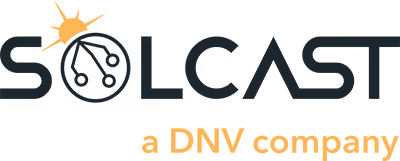






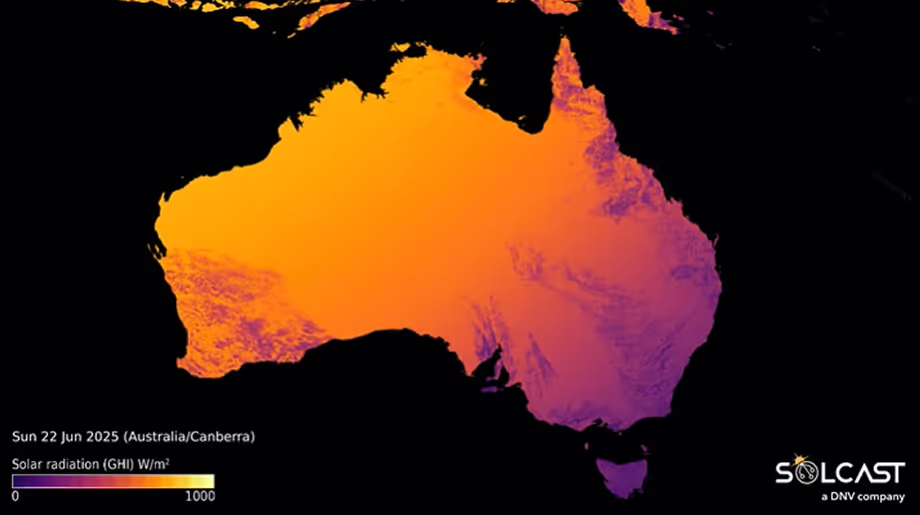
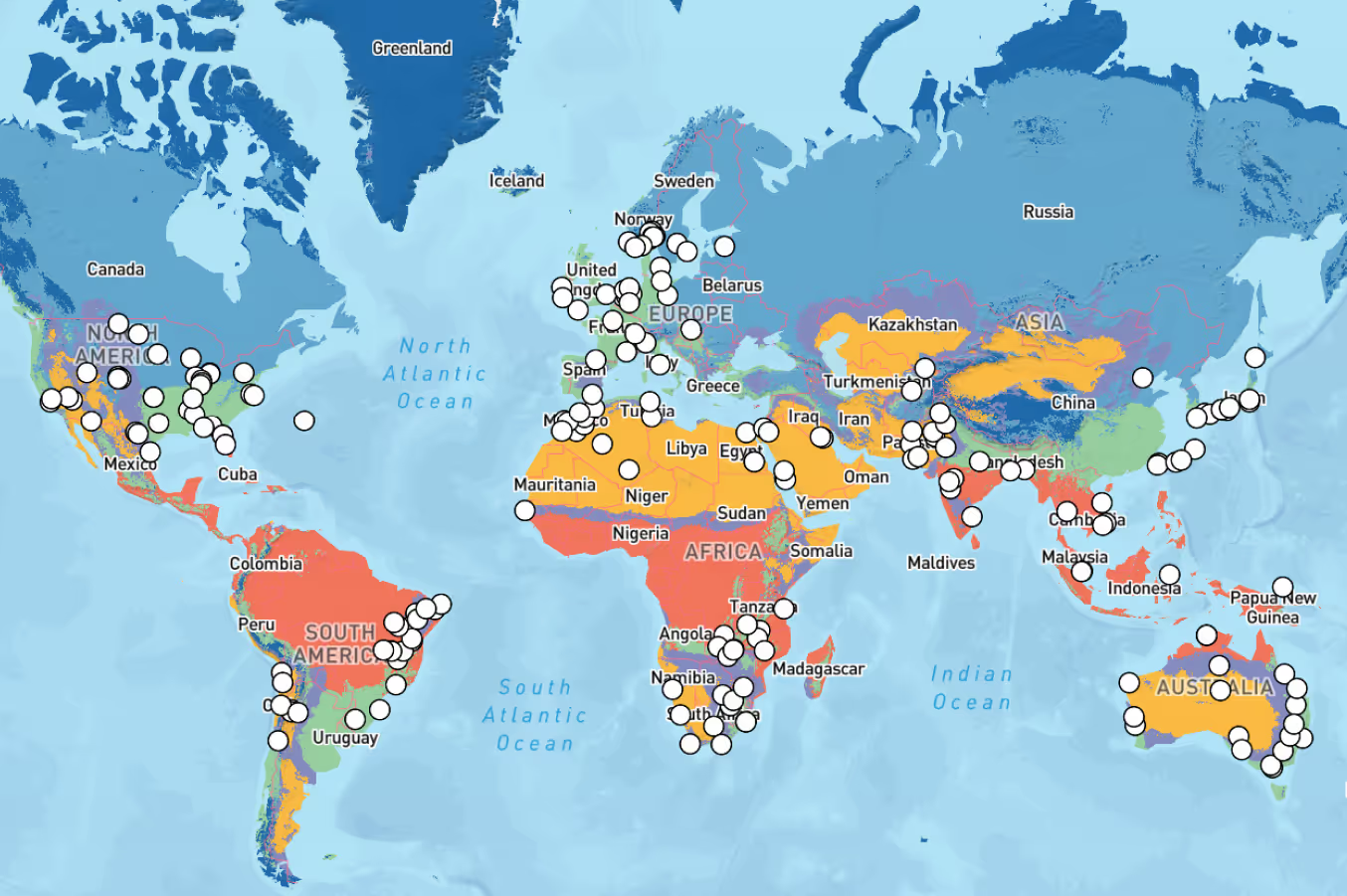
.avif)
